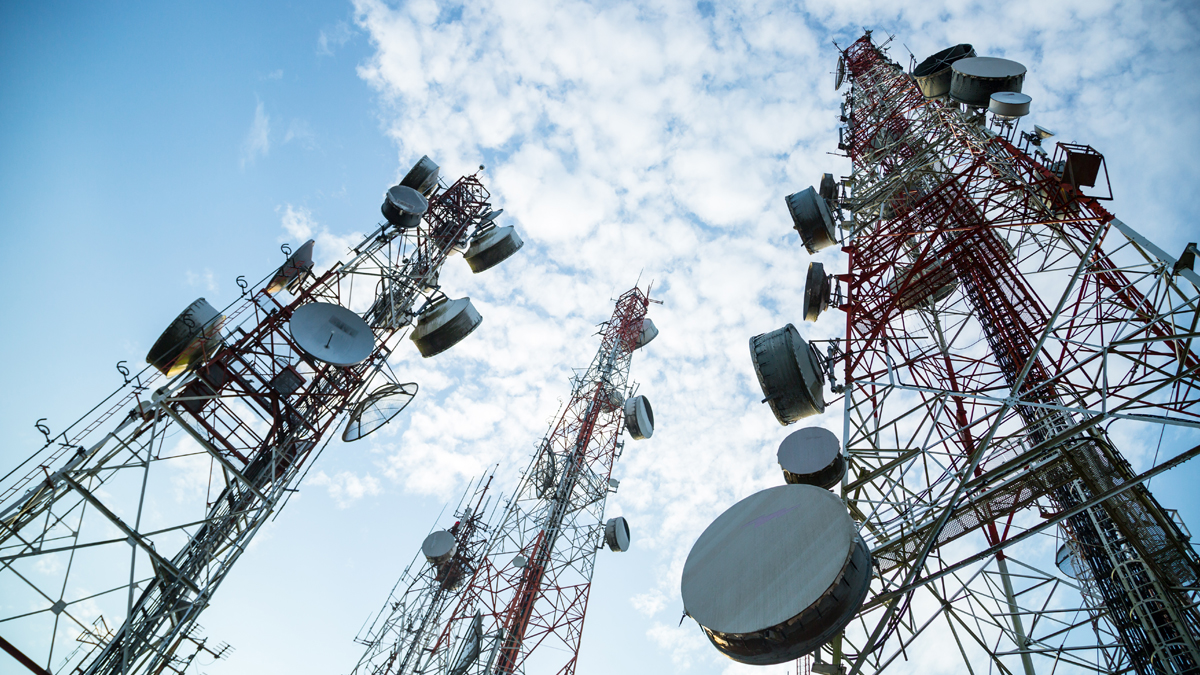
Constellations spoke with Daniel Bar-Lev, Vice President of Strategic Programs at MEF, about the importance of standards like Carrier Ethernet and the convergence of terrestrial and satellite communications.
MEF and the Telecom Industry
MEF is a global industry association whose membership represents top service and technology providers across telecommunications and data services. Helping connectivity providers work together efficiently is one of the main goals of MEF.
“The DNA of an organization like MEF is based on the idea of win-win, where competitors get together and they say, look, it’s better to have a unified consistent market where we can all interoperate,” Bar-Lev says, rather than “a fragmented one of many islands and silos.” And MEF isn’t strictly applicable to telcos anymore. As Bar-Lev puts it, “What satellite technology and connectivity can offer today is something that’s very, very directly competitive with terrestrial.”
While terrestrial and satellite communications have previously been treated as separate networks, Bar-Lev argues that “the whole difference between terrestrial and wireless and satellite is effectively blurring.” He also believes that in the future, very little will differentiate the two: “We won’t be talking about satellite and terrestrial as if they’re two different worlds,” he says. “I think they will become part of one world.”
Carrier Ethernet as a Satcom Standard
MEF is responsible for creating the Carrier Ethernet standard, which is significant for its infrastructure-agnostic service. “It’s able to run Ethernet over any type of network over any type of distance,” Bar-Lev says, adding that “the beauty of Ethernet is it can run over any type of physical infrastructure.” For example, a company might use fiber in one location, wireless point-to-point connection in another and private 5G in another. Carrier Ethernet can run across all three, basically becoming “the unifying connectivity service for everybody.”
“One ring to rule them all,” is how Bar-Lev describes it. And bringing Carrier Ethernet to satellite is a natural extension of its current capabilities, as satellite is just another communications infrastructure. “From the point of view of an Ethernet service provider, it shouldn’t matter whether it’s running over a satellite or whether it’s running over submarine cable,” he says. “That’s what makes it seamless.”
Satellite as ‘Part of the Supply Chain’ for Telcos
According to Bar-Lev, the integration of satellite and terrestrial comms is an inevitable step forward that will ultimately strengthen both sectors. Satcom adopting standards like Carrier Ethernet is an important first step. “As soon as the satellite industry adopts what MEF has standardized, then it becomes a player,” Bar-Lev states. “The satellite industry stakeholders can then also become part of the supply chain for the telecom industry.”
Developing better automation systems is another important aspect of what MEF standards can do for satcom services. “Everything has to be automated,” Bar-Lev says. “You can’t have human intervention… you just can’t have people in the middle if you want it done in seconds or minutes.” That’s why MEF standards are so important in the convergence of terrestrial and satellite.
“For all the systems and computers to be able to talk to each other in seconds or minutes, they need to have an agreed language, an agreed interface that everybody’s using.” This might include, for example, APIs (application programmable interfaces), which standardize interface and terminology across platforms and between companies.
For more on the rise of IoT, cloudification and software-defined networking, listen to the full episode now.
